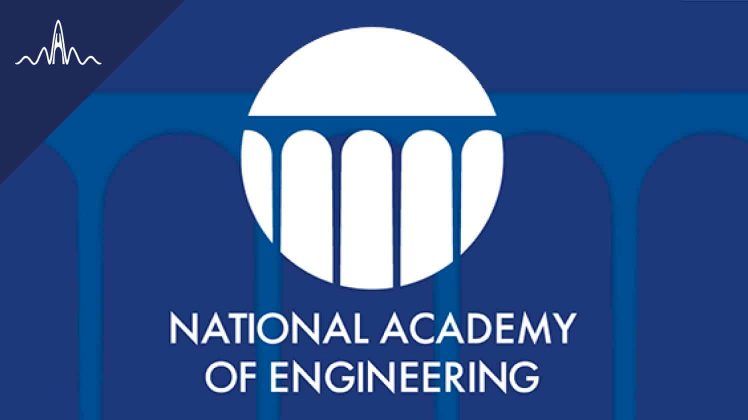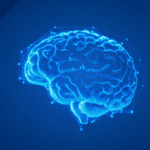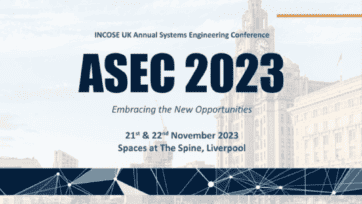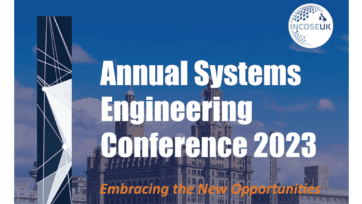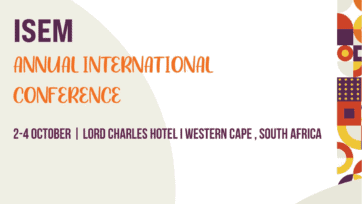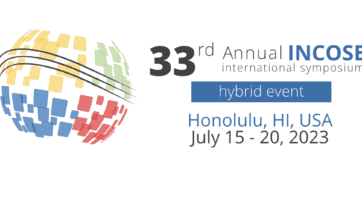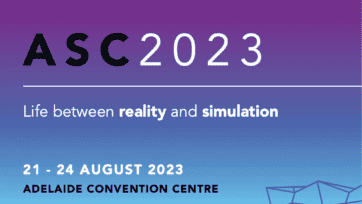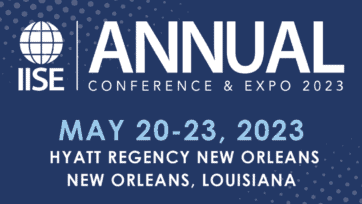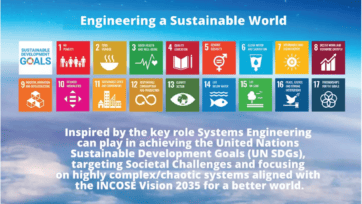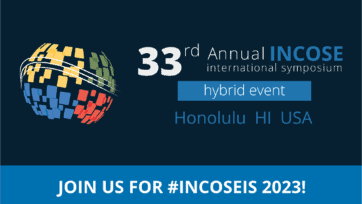In this interview, NAE’s president Dr. C.D. Mote, Jr. discusses the NAE and its ‘Grand Challenges for Engineering.’ This program is aimed at inspiring young engineers across the globe to address the biggest challenges facing humanity in the 21st Century. From the need to develop affordable clean energy solutions and increase access to renewable environmental resources, these challenges potentially impact on the quality of all our lives. These global grand challenges are huge in scope and address the biggest current concerns of all the world’s citizens.
 Excerpt from the interview:
Excerpt from the interview:
Can you tell us a bit about the origins and purpose of the NAE’s grand challenges for the future of engineering?
“The Grand Challenges for Engineering project was conceived to raise public awareness – especially among young people – of some of the biggest global issues of our time and the roles that engineers, and engineering must play in addressing them.
The project, funded by the US National Science Foundation, convened an international committee of some of this generation’s leading technological thinkers and doers. With wide-ranging voluntary inputs on what engineering should contribute in the 21st century from people in more than 40 countries, ranging from engineering experts to the general public, the committee identified a 21st century engineering vision for the planet focusing on the needs of people. The committee’s report, released in 2008, identified its 15-word vision for engineering in the 21st century as the ‘continuation of life on the planet, making our world more sustainable, secure, healthy, and joyful.’
The report also presented 14 goals that must be satisfied globally to realise this vision. Those 14 goals are named the Grand Challenges for Engineering. Satisfying these grand challenges everywhere is necessary to realise the vision and improve quality of life here on Earth.
The Grand Challenges for Engineering are global-scale engineering system challenges whose solutions will depend on contributions from around the world. The grand challenges are arguably the clearest and most compelling explanation of what engineering is for students and the public alike because they illustrate both the vast span of the field of engineering and how engineering serves people and society, both not generally understood. This is the first global vision for engineering in history.”
Read the full interview here.
Systems Engineering and the Law
Wiley has provided a white paper that presents similarities between Systems Engineering and the Law when practiced as professions, including attention to detail, understanding complex discourse, communication, and making decisions. The challenge of engineering calls for creativity: the imagination to identify a problem and to develop a solution. The authors advise companies to give careful attention to quality assurance procedures that determine their ability to prevent and control risks in all processes that may affect product quality. Analogies are drawn to scenarios encountered in law professions. The author of the white paper is William A. Stimson, PhD, an independent consultant in systems engineering and an expert witness for the Department of Justice and private law firms in evaluation of contractor performance. He has taken an active role in developing legal strategy for the evaluation of performance of operations in litigation, presented on the topic of forensic evaluation, and published peer-reviewed papers on dysfunctional processes.
Read the white paper here.
Announcing AIAA SciTech 2020
The American Institute of Aeronautics and Astronautics (AIAA) is sponsoring its next SciTech Forum from 4-5 January 2020 at the Hyatt Regency, Orlando Florida. The theme of this event is “Driving Aerospace Solutions for Global Challenges”. The Forum will bring together experts from across the globe to share ideas concerning a variety of technical disciplines and explore the aerospace industry’s contributions to a sustainable future. Presenting at AIAA SciTech Forum is a great opportunity for gaining valuable feedback from a community of scholars and for increasing your professional stature in aerospace engineering, research, and development. To find out more, follow the link below.
Call for Papers Concerning Artificial Intelligence
In order to solve next-generation problems, the Artificial Intelligence (AI) and systems engineering (SE) of human-machine teams require multidisciplinary approaches. Specifically, the science of interdependence for autonomous human-machine teams requires contributions not only from AI, including machine learning (ML); and from SE, including the verification and validation of systems using AI or ML; but also other disciplines to establish an approach that allows a human and machine to operate as teammates, including simulation and training environments where humans and machines can co-adapt their operational outcomes yet with stable outcomes assured by evidence based frameworks.
FuSE (Future of Systems Engineering) is collaborating with the Association for the Advancement of Artificial Intelligence (AAAI) at their Spring Symposium in March 2020 in a section titled “AI Welcomes Systems Engineering: Towards the Science of Interdependence for Autonomous Human Machine Teams.” Papers from the symposium are going to be converted into a book during the summer of 2020. Papers are due January 15, 2020. The symposium is scheduled for March 23-25, 2020 in Palo Alto, California, USA.
Safety Instrumented Systems Market Development Study: Big Changes will have a Big Impact
In an increasingly multidisciplinary engineering atmosphere, and in the face of ever-growing system difficulty, there is a growing need for engineers and technicians involved in the process of engineering to remain aware of the implications of operating and design safety-related systems. This also includes the knowledge of related safety standards. This study by TransparencyMarketResearch.com highlights that the growth of the safety instrumented systems market is highly reliant on the growth of the petrochemical and energy sector. In analyzing the market for safety instrumented systems, the research report segments the market according to component type. The market has been segmented into five types – sensors, switches, programmable devices, actuators and valves, and others. Based on product type, the market has been segmented into seven types, comprising emergency shutdown system, safety interlock system, safety shutdown system, fire & gas monitoring and control system, burner management system, turbo machinery control, and high integrity pressure protection system. By end user, the market has been segmented into six types – energy & power, pharmaceutical, mining, oil & gas, chemical & petroleum refinery, and others. The report also provides cross functional analysis of all the above mentioned segments across different regions such as North America, Europe, Asia Pacific, Middle East &Africa, and Latin America.
Some results of the research:
Rise in global automotive manufacturing is one of the major drivers of the safety instrumented systems market. Growing need to follow industry safety standards and government protocols are also key factors anticipated to catalyze the growing demand for safety instrumented systems during the forecast period from 2017 to 2025. In addition, labor unions enforcing safety measures in energy & power industry and oil & gas industry is expected to increase the demand for safety instrument systems in the coming years. In turn, this is projected to impact the market of safety instrumented systems in a positive manner during the forecast period.
Despite many driving factors, the safety instrumented systems market is expected to show little fluctuation in growth rate because of lack of awareness and complexity of standards in different end user industries. Low response rate, and high operation and product cost are major restraining factors for the global safety instrumented systems market. The growing demand for technological advancement in the safety segment and very strong safety instrumented system service growth is likely to create significant opportunity for the safety instrumented systems market in the coming years.
Click here to access the brochure with a more detailed analysis.
